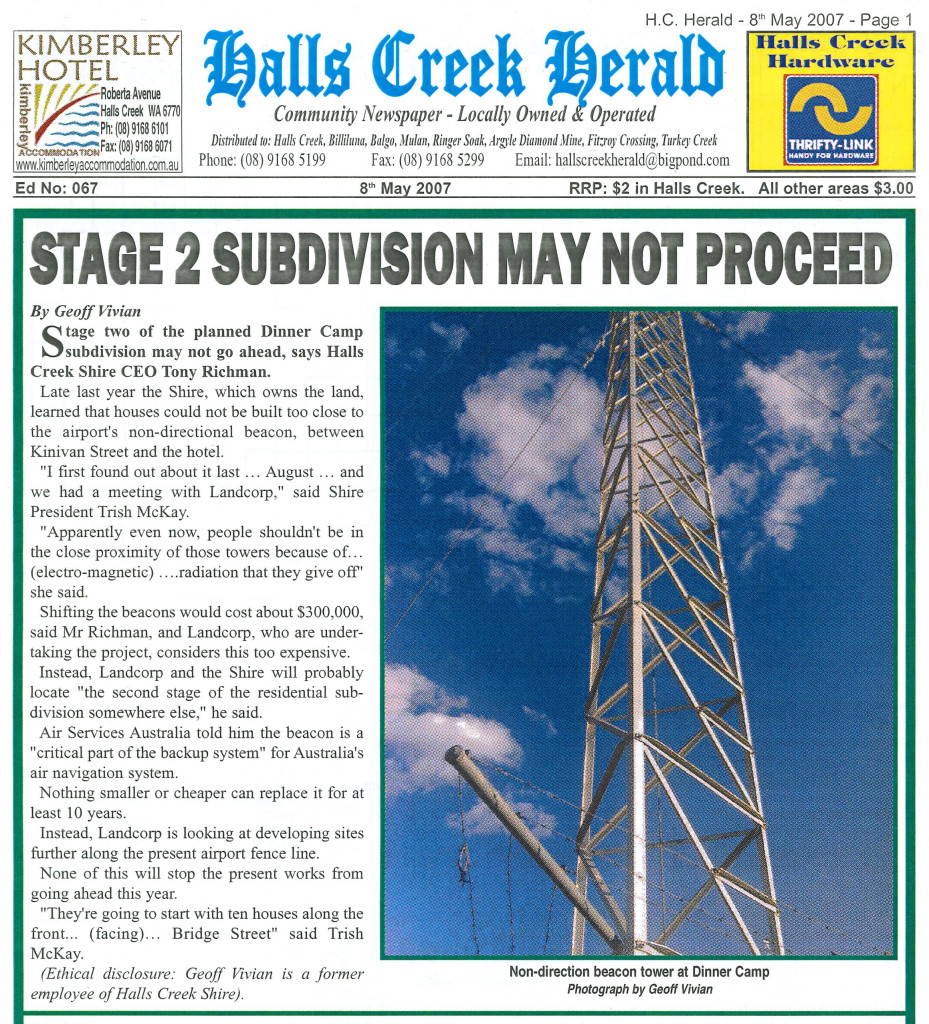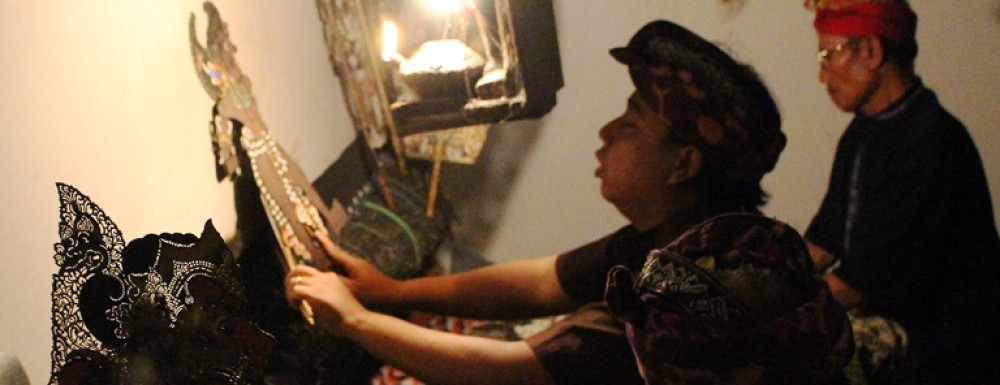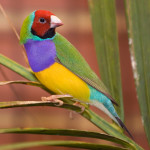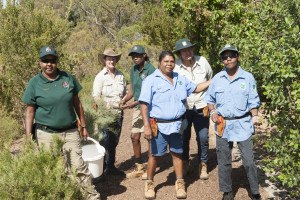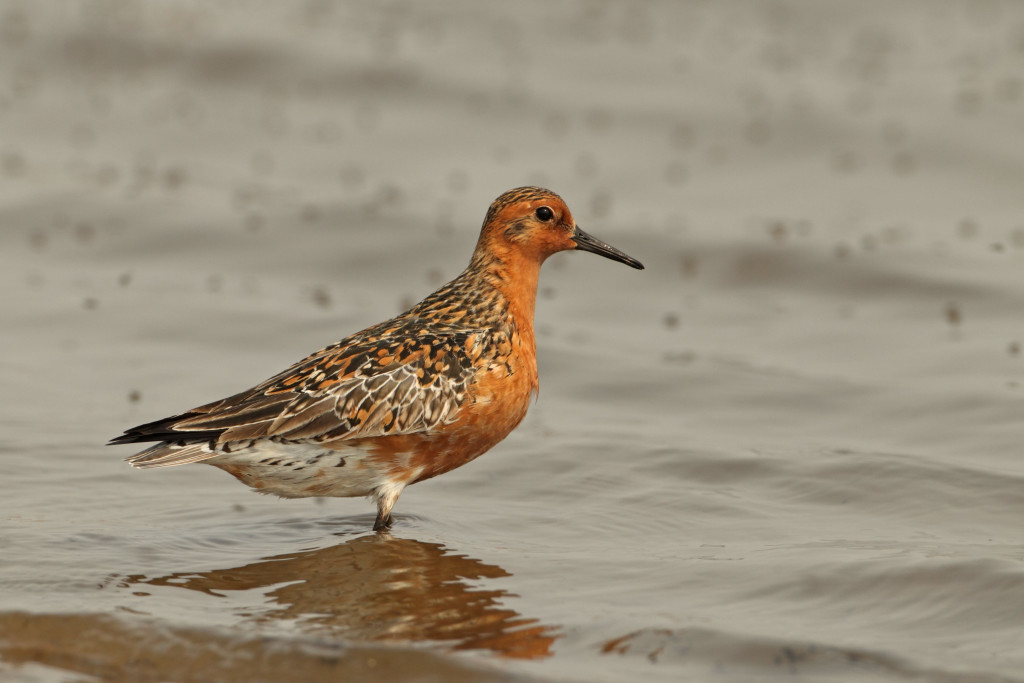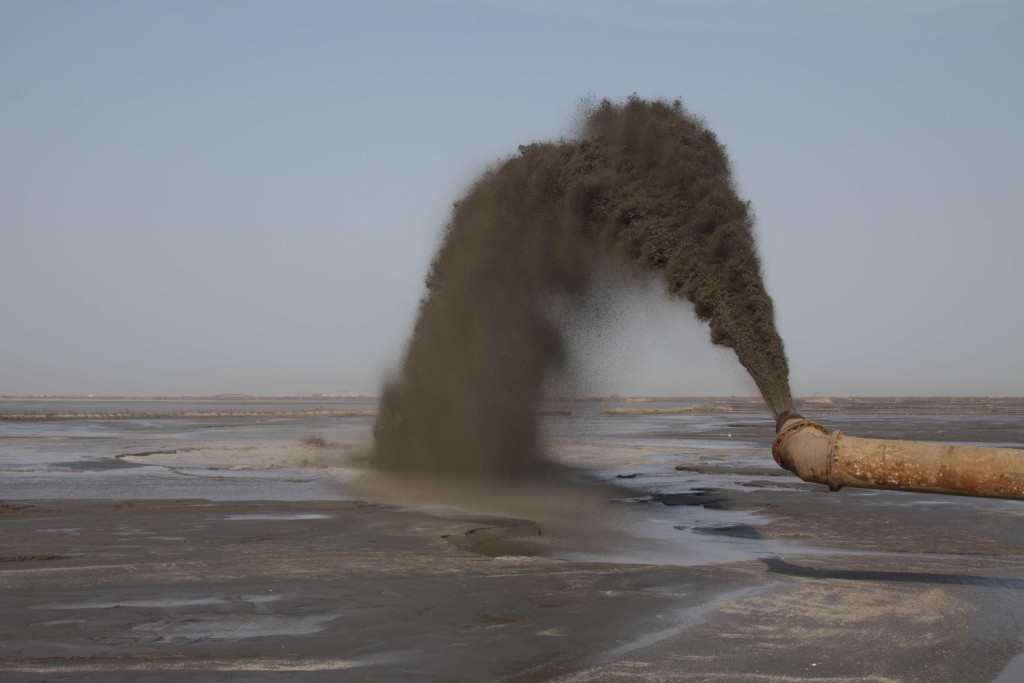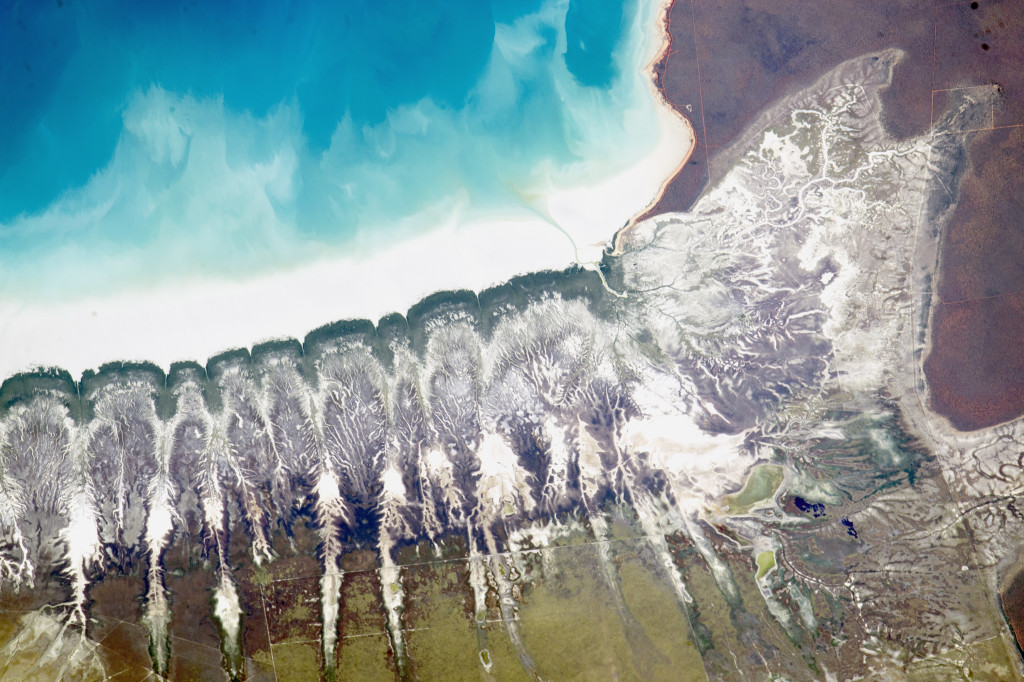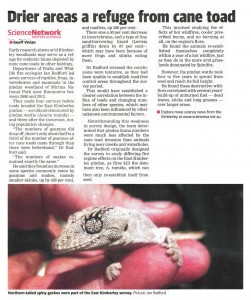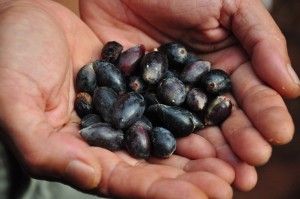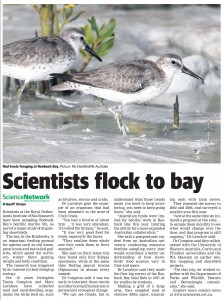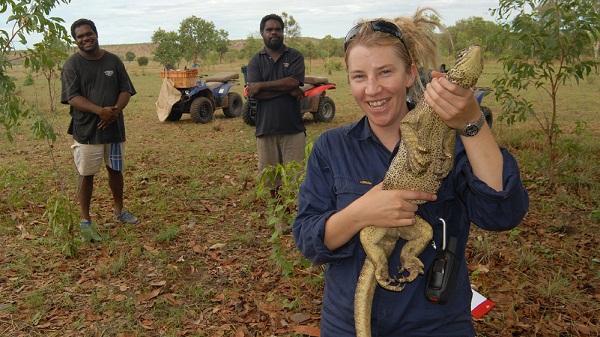
Rangers Herbert and Wesley Alberts with Georgia Ward-Fear. Photo courtesy Georgia Ward-Fear
Almost every conceivable measure to stop cane toads advancing into the Kimberley has been tried and failed.
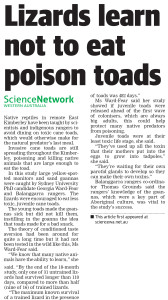
Click on this image to read the story.
Collecting cane toads and killing them has failed.
Constructing barriers to keep them out of waterholes has failed.
Experiments with lungworm showed the worms were even more harmful to native frogs.
Meanwhile, other researchers have been training larger predators to avoid eating the toxic amphibians.
And strange as it may seem, a future program could involve releasing more toads into the environment, ahead of the invading wave.
Science Network WA [read this story]
This story has been republished in The West Australian, Friday, January 15, 2016.
